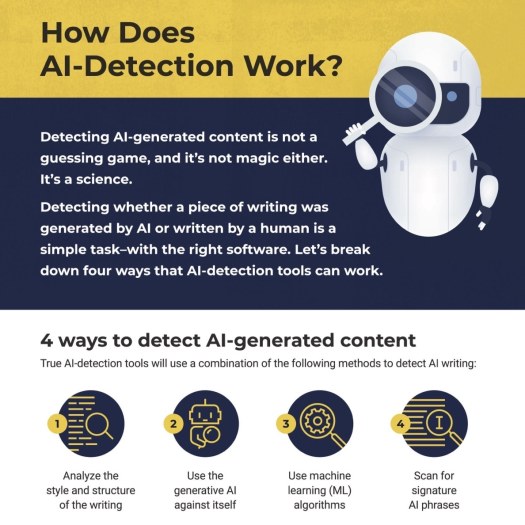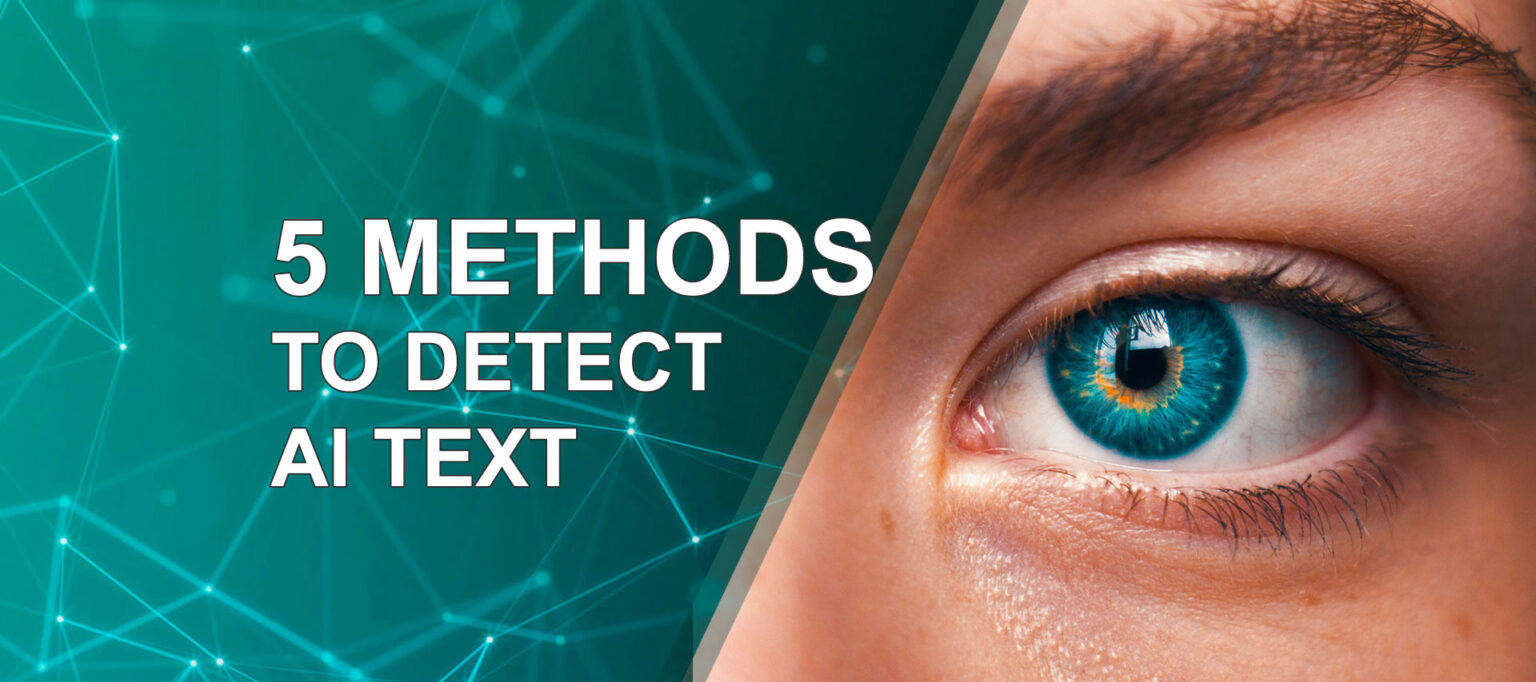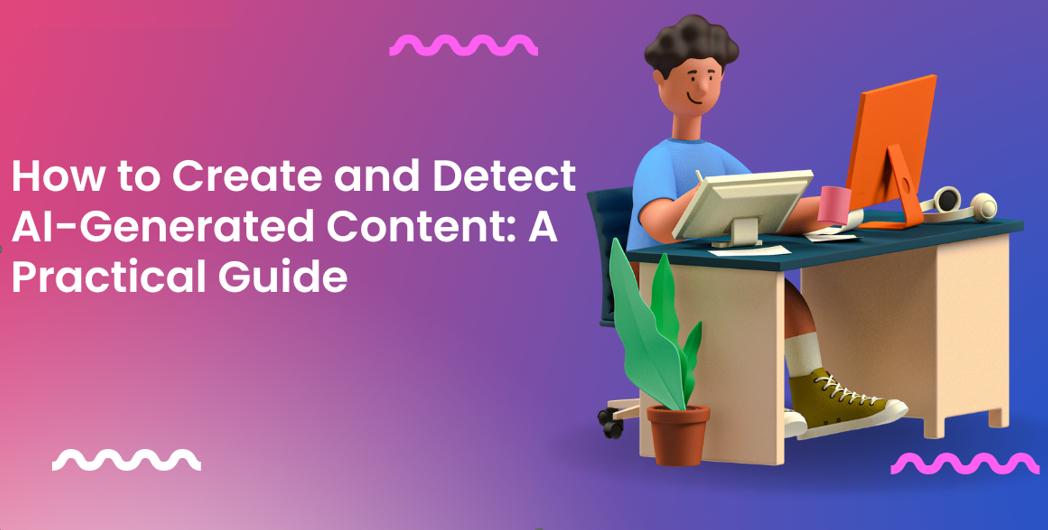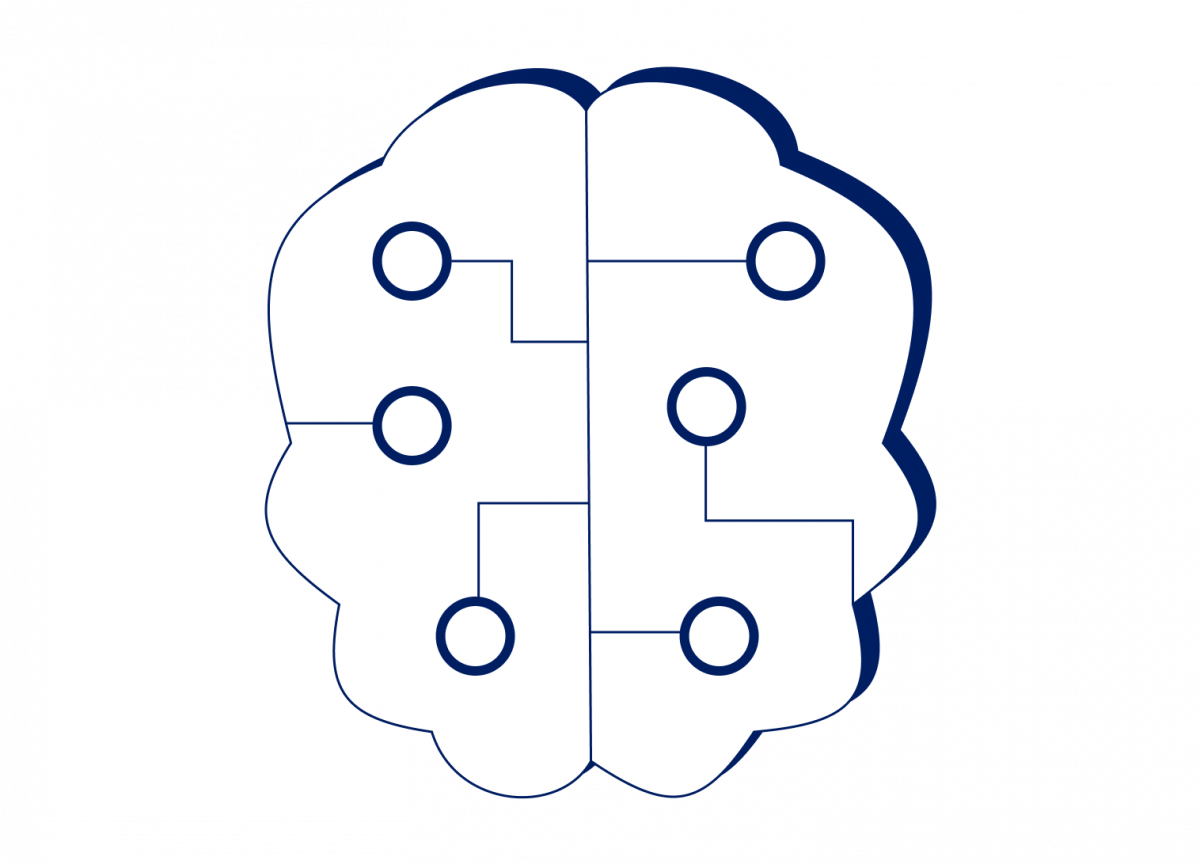As technology continues to evolve, so does the landscape of content creation, particularly on platforms like YouTube. AI-generated content is becoming more prevalent, raising questions about authenticity, creativity, and originality. Whether it's a captivating video summary or an engaging animated character, understanding the implications of AI in this space is crucial for creators and viewers alike. In this post, we'll explore what AI-generated content means for YouTube and how the platform approaches the challenge of identifying it.
How YouTube Identifies and Evaluates Content

YouTube is committed to maintaining a genuine community where creators can express themselves freely. With the rise of AI-generated content, the platform has developed sophisticated methods to detect and evaluate what is uploaded. Let’s dive into how YouTube identifies this type of content.
Firstly, YouTube employs a mix of advanced algorithms and machine learning techniques. These systems analyze various characteristics of the videos, including:
- Visual Content: YouTube's algorithms assess the visuals in videos, looking for patterns that suggest the use of AI tools, such as CGI or automated animations.
- Audio Analysis: The platform analyzes audio tracks for similarities to pre-existing AI-generated sounds or voices. AI-generated voices often have distinct patterns that can be flagged.
- Metadata Inspection: Metadata includes titles, descriptions, and tags. Algorithms check if the metadata is overly generic, which is often a hallmark of AI-generated content.
Additionally, YouTube has implemented community guidelines that help in evaluating content. If viewers suspect a video is AI-generated, they can report it, prompting further review. This collaborative effort enhances the accuracy of identification.
Moreover, YouTube is continuously updating its policies to keep pace with advancements in AI technology. They work with content creators and tech experts to better understand AI's evolving role, ensuring that even if content is generated using AI, it complies with YouTube's standards for originality and creativity.
Another method YouTube employs involves analyzing user engagement. Videos with artificially inflated views, likes, or comments can be scrutinized more closely. If a video attracts a large number of interactions in an improbable short time, it's likely to attract attention from the algorithm.
Importantly, YouTube understands that not all AI-generated content is bad. Some creators harness AI to enhance their storytelling or streamline editing processes. Therefore, YouTube is working to strike a balance between monitoring and nurturing creativity. They are investing in tools that help creators disclose when AI technology is incorporated, leading to transparency and trust among the audience.
In conclusion, while AI-generated content poses challenges for YouTube, the platform is actively developing sophisticated systems to identify, evaluate, and regulate such material. This ensures that the vibrant community of creators and viewers can navigate the evolving landscape of content creation with confidence.
Also Read This: Can YouTube Creators See Who Liked Their Videos? How Analytics Work for Creators
The Role of Algorithms in Detecting AI Content

YouTube, like many other platforms, has sophisticated algorithms designed to identify and evaluate the content uploaded by its users. But how do these algorithms specifically detect AI-generated content? Well, it’s a fascinating mix of technology and data science!
At the core of YouTube's detection system are *machine learning algorithms that analyze videos based on various metrics. Here’s how they generally work:
- Content Patterns: AI-generated content often has recognizable traits. For example, it may follow similar structures or phrasings that can be flagged. Algorithms can identify phrases or patterns that are commonly associated with AI-generated text.
- Engagement Metrics: Algorithms monitor user interactions (likes, shares, watch time) with videos. If a piece of content gets a lot of views but minimal engagement, it might raise flags for the platform.
- Similarity Checks: YouTube employs algorithms that compare newly uploaded content against its extensive database of existing videos. If two videos bear striking similarities, this could indicate AI manipulation.
Additionally, AI-generated videos might lack the organic elements that make human-created content unique, such as spontaneous reactions, personal anecdotes, or emotional depth. There’s a certain human touch that’s challenging for algorithms to replicate, and as a result, that can be a signal for detection.
Moreover, as AI technology evolves, so do the algorithms used to detect it. YouTube continually updates its systems to better respond to new trends and tactics in content generation. This iterative process means that while an AI tool may seem clever today, it might be flagged as suspicious in the future as detection methods improve.
Also Read This: How Do You Block YouTube on a Computer and What Are the Best Methods?
Implications for Content Creators Using AI Tools

As a content creator, using AI tools can be incredibly appealing. They can streamline your workflow, help in brainstorming ideas, or assist in generating engaging scripts. However, there are significant implications to consider when it comes to YouTube’s stance on AI-generated content.
- Authenticity Concerns: Viewers today value authenticity* more than ever. When engaging with content, they often seek the genuine voice of a creator. Over-relying on AI tools can dilute this authenticity, potentially leading to a disengaged audience.
- Monetization Challenges: If YouTube’s algorithms flag your content as AI-generated and fail to recognize it as original work, you might face challenges with monetization. The platform is keen to ensure that viewers are exposed to original, engaging content, and AI tools can sometimes disrupt that flow.
- Risk of Penalties: There’s a risk that channels heavily using AI might face penalties, whether through demonetization or removal of content. Being flagged by YouTube’s algorithms can lead to significant disruptions in your content strategy.
On the flip side, leveraging AI tools responsibly can also enhance your content creation process. Here are some tips:
- Use AI as an Assistant: Rather than relying solely on AI to create content, think of it as a brainstorming partner. Use the suggestions it provides and infuse your unique style and personality into the final product.
- Focus on Quality Over Quantity: It's tempting to churn out more content using AI tools, but quality should always take precedence. Engaging content that resonates with your audience will always win out against a flood of generic videos.
In summary, while AI tools can significantly aid the content creation process, being aware of YouTube’s detection capabilities and the implications of your content style will keep you ahead in this ever-evolving landscape!
Also Read This: How to Tell If a YouTube Channel Is Monetized and Earning Revenue
5. Best Practices for Creators to Stay Compliant with YouTube Policies

As the landscape of content creation evolves, particularly with the rise of AI-generated content, it's crucial for creators to stay within YouTube's guidelines. Doing so not only protects your channel from penalties or demonetization but also helps maintain a positive relationship with your audience. Here are some best practices to ensure you're compliant:
- Know the Guidelines: Familiarize yourself with YouTube’s community guidelines and their monetization policies. These documents clarify what is acceptable and what isn’t, especially as it relates to AI-generated content.
- Disclose AI Use: If your video includes AI-generated elements, be transparent about it. Consider adding a brief disclaimer in your video description or within the video itself to inform viewers about the AI contributions. This builds trust and aligns with the principles of transparency.
- Focus on Originality: While it’s tempting to rely heavily on AI tools for content creation, add your personal touch. Curate, edit, or enhance AI-generated scripts or visuals to maintain originality. YouTube favors content that showcases a creator’s unique voice and style.
- Utilize Content ID: Gain permission for any third-party content you might use, including sounds, images, or footage generated by AI. This step is essential to avoid copyright strikes, which can severely impact your channel's health.
- Monitor Feedback: Stay engaged with your audience's feedback. If viewers express concerns about authenticity or reliance on AI, you might want to adjust your approach. Constructive criticism can provide valuable insights and help you refine your content strategy.
- Stay Updated: YouTube’s policies and algorithms are continually evolving. Follow YouTube updates and attend creator workshops or webinars to stay informed about the latest changes and recommendations.
By implementing these best practices, you’ll not only protect your channel but also enhance your credibility and connection with your audience. Remember, trust and engagement are key factors for success on platforms like YouTube.
Also Read This: How to Favorite a YouTube Video and Create a Personalized Playlist
6. Future Trends: AI Content and YouTube's Evolving Landscape
The rise of AI technology is transforming the way we create and consume content on YouTube, and this is only the beginning. As we look ahead, several trends are emerging that will shape the platform's future:
- Enhanced Personalization: AI algorithms are becoming increasingly sophisticated. We can expect YouTube to utilize AI not only to suggest content based on user preferences but also to curate personalized experiences. As creators, adapting to this trend means understanding your audience data and catering to niche segments.
- Improved Content Creation Tools: YouTube is likely to integrate better AI-driven tools for creators, making it easier to produce high-quality content quickly. This may include advanced editing software, automated subtitling, and even AI voiceovers that creators can use to enhance their videos. Embrace these tools to streamline your workflow.
- Stronger Focus on Authenticity: As AI-generated content becomes more prevalent, audiences will start to crave authentic storytelling. Creators who can showcase genuine experiences and emotions will stand out, regardless of the technology used in their production.
- Collaborations with AI Systems: Expect more collaborations where creators work alongside AI to produce innovative content. This collaborative approach could lead to entirely new genres or formats that redefine viewer engagement.
- Policy Evolution: YouTube will likely refine its policies around AI-generated content, ensuring that creators who use such tools are held to transparent and fair standards. Staying ahead of these changes will be vital for compliance and successful content creation.
In summary, the future of YouTube and AI content seems bright but complex. As a creator, embracing these trends while staying true to your voice will be essential in navigating this evolving landscape. By prioritizing authenticity, leveraging AI responsibly, and staying informed about changes, you can position yourself as a forward-thinking creator ready for the future!
Conclusion: Navigating YouTube’s AI Detection for Content Creators
As the landscape of digital content continues to evolve, understanding YouTube's ability to detect AI-generated content is crucial for creators who want to thrive on this platform. The advancements in artificial intelligence have made it easier than ever to produce engaging videos, but with these technologies come challenges.
Here are key takeaways for content creators:
- Know the Guidelines: Familiarize yourself with YouTube's community guidelines and policies regarding AI-generated content to avoid unexpected strikes or bans.
- Embrace Authenticity: Ensure your content retains a personal touch, as genuine engagement tends to resonate more with audiences and the algorithms.
- Quality Over Quantity: Focus on crafting high-quality videos rather than solely relying on AI tools to produce large quantities of content.
- Stay Informed: Keep an eye on updates regarding YouTube's AI detection technology and adjust your content strategies accordingly.
In conclusion, while AI tools can enhance video production, they should complement your creative process rather than replace it. Content creators should strive to maintain originality and engagement to successfully navigate YouTube's AI detection landscape. Balancing innovation with authenticity will be key to sustainable success on the platform.
 admin
admin








